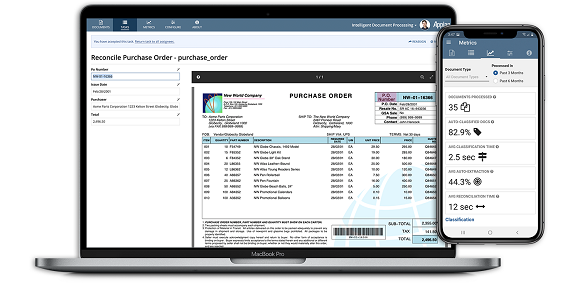Appian defines 4-cornerstones for low-code hyperautomation
For a lot of people, the first reaction experienced when exposed to the term ‘hyperautomation’ is the groaning sense of marketingspeak overload.
It’s almost as if the marcoms people get a sense of schadenfreude out of hitting us with these terms.
Do I really have to add it to my spellchecker, did this term come from the magical wizard analysts beginning with G, isn’t all automation essentially a hyper-driven piece of coding designed to apply AI, ML and RPA together at a pace faster than ever previously experiences… and anyway, shouldn’t it have a hyphen in it and be called hyper-automation in the first place?
The low-code lovelies at Appian aren’t put off by the term… and (let’s face it) Appian exists (as a low-code purist) in a universe where everybody and their grandmother is now claiming to be a low-code platform company and you never hear them (it, the company) complain about all those ‘me too’ wannabes out there, right?
Just before the close of 2020, Appian announced the latest version of the Appian Low-code Automation Platform, which the company is comfortable with classing in the hyperautomation space.
“Through the course of 2020, the urgency for fast and powerful process automation became undeniable as organisations struggled with the distributed workforces, broken processes and inaccessible data brought by the pandemic,” said Michael Beckley, founder and chief technology officer at Appian.
For Beckley, hyperautomation is all about unified automation – which (to be fair) is how everyone else is defining the term as well.
Major enhancements to the latest version of Appian’s platform unify low-code Robotic Process Automation (RPA), Artificial Intelligence (AI) and Machine Learning (ML) and (and we forgot this one to start with) process automation too.
4-cornerstones of hyperautomation
Should process automation warrant capitalisation to PA if it sits alongside RPA, AI & ML as a fourth major cornerstone inside hyperautomation? Let’s not worry about it for now.
Appian points to its patented SAIL technology, a low-code way to compose and unite all components of an enterprise application, from back-end integrations to interfaces.
The latest version also enhances Appian’s out-of-the-box AI-enabled Intelligent Document Processing (IDP), which would often sit inside process automation if we had to put it into one of the key cornerstones.
“IDP saves thousands of person-hours per year by eliminating manual form and business document intake, using AI to convert unstructured data into structured data without human intervention. The latest release also leverages Appian’s unique Data Anywhere architecture to unite the entire modern workforce of bots, AI, and people with enterprise data – without requiring any data migration,” said the company, in a press statement.
New enhancements in the latest Appian release include rapid process and task automation with low-code RPA; the ability to record processes and turn them into bots; and the ability to create bots that interact with websites and cloud services easily in low-code.
There is also form and paper automation with native intelligent document processing (IDP) and a 360-degree application health dashboard for developers to centrally monitor application performance and security alerts… as well as the ability to identify application design issues and gain intelligent design improvement recommendations.
Hyperautomation via low-code… there’s a ‘getting hyper highs on low’ joke in there somewhere, we just haven’t worked it out yet.

Image source: Appian



